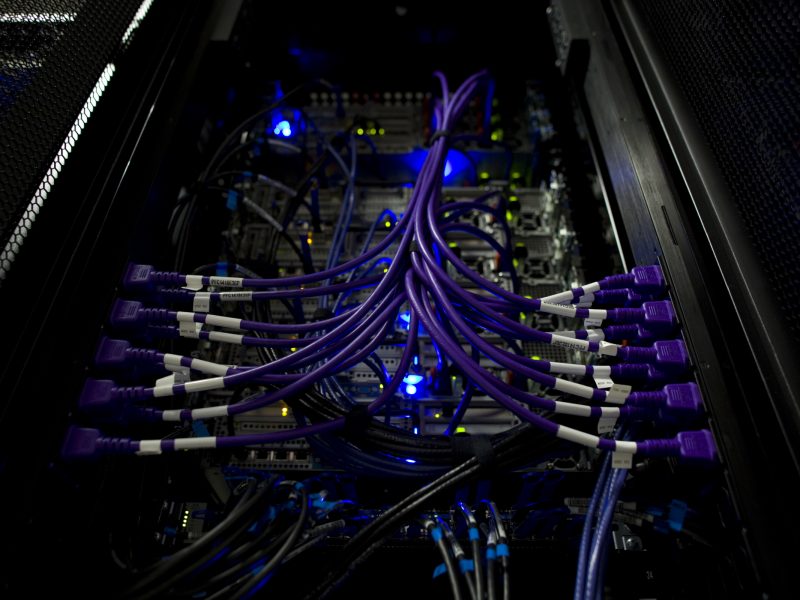Multi-Functional Units for Ternary Computing
Description
This technology uses ternary states for implementing security systems. A multi-factor cryptographic authentication computing system receives an instruction that is encoded using binary or ternary codes. Based on the determination between binary and ternary instructions, the system routes the instructions to the first or second functional units. One computing device executes binary instructions, while another executes ternary instructions. The system then generates a giant ternary key as a combination of multiple authentication keys, such as passwords, pin codes, and physical unclonable function (PUF) challenges. The longest key is kept as the original binary stream, while the following keys are converted into a decimal data stream and used to insert ternary states inside the original binary stream with an edit distance algorithm.
Additional information
Patent number and inventor
16/492,562
Paul Flikkema and Bertrand Cambou.
Potential applications
This technology is designed for use with cryptographic systems and authentication methods.
Benefits and advantages
Generally, ternary computers have not been successful in the marketplace because they are not as efficient as devices utilizing binary code computation. Native ternary codes executed on native ternary computers outperform legacy codes when dedicated to strengthening cybersecurity. This technology replaces the monolithic arithmetic logic unit (ALU) of a general-purpose computer with a set of multi-functional units. At least one unit executes binary instructions while another unit is set up to execute ternary instructions, and a giant ternary key is generated from PUF challenges used to authenticate a device. This method reduces the efficiency of sequential attacks by eliminating partial authentications with a single factor. The entropy of a giant ternary key can be much higher than the entropy (i.e., randomness rate) of separate binary keys combined.
Case number and licensing status
2017-023
This invention is available for licensing.
